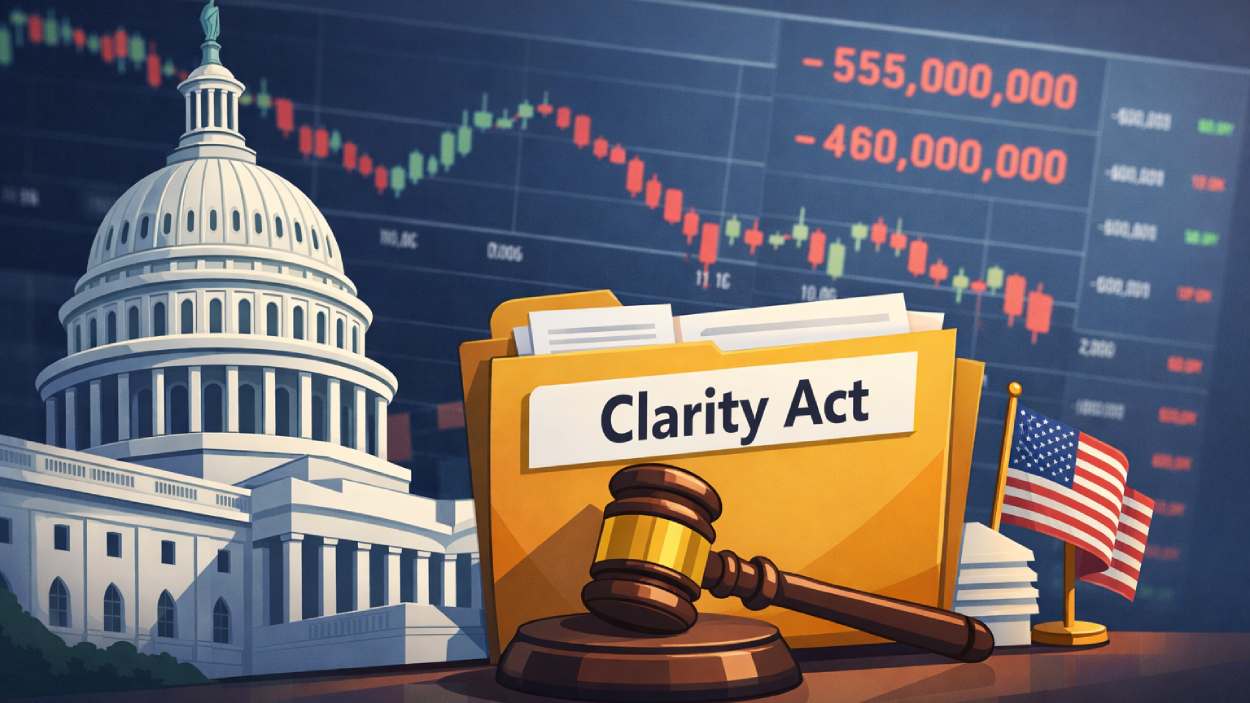President Trump’s $300 million White House ballroom project is attracting major support from crypto giants, Big Tech companies, and prominent billionaires, with no taxpayer money involved.
Key Takeaways
- President Trump is funding a $300 million White House ballroom entirely through private donations, including from Ripple, Tether, and Coinbase.
- Big Tech firms like Google, Amazon, Apple, Meta, and Microsoft are also backing the project, alongside telecom and defense giants.
- The 90,000-square-foot expansion replaces the East Wing, aiming to accommodate up to 999 guests for formal events.
- Critics warn of blurred ethical lines, while supporters highlight the move as a modernization effort that avoids taxpayer burden.
What Happened?
The Trump administration has kicked off construction on a new White House ballroom, demolishing the East Wing to make room for the 999-capacity venue. With a projected cost of $300 million, the administration has pledged not to use public funds. Instead, private donors from the tech, crypto, defense, and financial sectors are footing the bill.
Crypto companies Ripple, Tether, and Coinbase are among the high-profile backers, alongside tech giants like Google, Microsoft, and Apple. The White House confirmed that Google-owned YouTube contributed over $20 million as part of a prior lawsuit settlement with Trump.
🚨 JUST IN: The list of private donors for President Trump’s White House ballroom has been RELEASED.
— Eric Daugherty (@EricLDaugh) October 23, 2025
Major progress is being made with demolition at the East Wing.
The donor list includes Amazon, Coinbase, Comcast, Hard Rock, Google, Microsoft, The Lutnick Family and others, as… pic.twitter.com/HEUZHuIVSb
Big Crypto Backs Big Government Project
The ballroom project marks a significant moment for the crypto industry, which is now directly funding federal infrastructure. Ripple contributed a substantial undisclosed sum, reinforcing its strategic move from litigation to lobbying. The company’s executives, including CEO Brad Garlinghouse, have met with U.S. officials and even President Trump at a blockchain summit earlier this year.
- Ripple’s donation represents a growing push for regulatory influence as the company strengthens ties with policymakers.
- The donor model of the ballroom offers symbolic recognition and visibility, giving crypto firms like Ripple a new foothold in Washington.
Tether America also made the official donor list. As the issuer of USDT, Tether’s participation signals a desire to shape the narrative around stablecoin regulations. With Congress considering laws on digital dollar-backed assets, Tether’s presence adds weight to its lobbying efforts.
- Tether may receive permanent symbolic recognition within the new structure, enhancing its legitimacy in political circles.
- The move reflects a growing trend of crypto firms stepping into traditional power centers.
Coinbase, led by CEO Brian Armstrong, has lobbied heavily for clear crypto regulation and sees this donation as a long-term investment in policymaking. The company has been involved in shaping a new crypto market structure bill and attended a recent White House donor event alongside companies like Amazon and Microsoft.
- Armstrong’s strategy underscores Coinbase’s push for regulatory clarity and institutional presence.
- The company’s name on the donor list cements its role as a major player in crypto politics.
Big Tech, Billionaires, and Political Strategy
Alongside the crypto firms, some of the biggest names in tech and business are funding the East Wing expansion. Notable donors include:
- Google, Apple, Amazon, Meta, Microsoft.
- Lockheed Martin, Comcast, T-Mobile, Palantir.
- Stephen Schwarzman (Blackstone), Harold Hamm (oil), Isaac Perlmutter (investor), Edward Glazer (Manchester United).
Several of these donors attended a dinner with Trump last week, signaling a close alignment between political access and funding. Among them was biotech entrepreneur Stefan Brodie, previously convicted of violating sanctions on Cuba. Former President Joe Biden denied his pardon request in 2023.
Debate Over Ethics and Access
While the project is being celebrated by some as a cost-free upgrade to a historically cramped venue, critics are voicing concerns over influence and transparency.
- The White House press secretary has not disclosed how much Trump is personally contributing.
- Some worry that engraved plaques and named fixtures could give donors permanent symbolic access to the seat of federal power.
Still, the expansion addresses a long-standing logistical issue. The current East Room holds just 200 guests, forcing past administrations to use tents on the South Lawn for larger events. Trump’s vision for a ballroom aims to modernize and expand the White House’s capacity, matching the scale of global state functions.
CoinLaw’s Takeaway
I find it fascinating that crypto has gone from the fringes of finance to funding the White House itself. In my experience tracking blockchain policy, influence matters more than innovation when it comes to regulation. By joining a donor list with the likes of Google and Lockheed Martin, Ripple, Tether, and Coinbase are clearly signaling they want a seat at the table, not just in the market but in federal policy. Whether or not you support Trump, this ballroom is more than a room. It is a symbol of crypto’s arrival in U.S. political life. I wouldn’t be surprised if we start seeing more digital asset companies take this route to legitimacy.
Hover or focus to see the definition of the term.
























































